
Published On 23 Nov 2023
Days after floodwaters swallowed her home in eastern Kenya, Fatuma Hassan Gumo waded through thigh-deep murky water to collect her only remaining possessions – floating utensils.
Flash floods from the Tana River in Garissa, a county on the border with Somalia, forced the 42-year-old fruit vendor to flee at night from her submerged home built from mud and corrugated metal sheets to the nearest dry land with her family of 12, including seven children.
They are among thousands of people left homeless and destitute by torrential rains that have lashed much of Kenya, killing more than 70 people.
The Horn of Africa – only slowly emerging from a devastating drought that left millions hungry – is experiencing heavy rainfall and floods linked to the El Nino weather phenomenon. The latest disaster has claimed dozens of lives and caused large-scale displacement in Kenya as well as Somalia and Ethiopia.
“The waters have ruined everything,” a distressed Gumo said as she folded her soaked hijab, oblivious to the health risks from the overflowing pit latrine next to her. “My life is in a very bad state right now.”
At a camp for the displaced hurriedly set up near an aid agency’s warehouse in the heart of Garissa town, Mwana Juma Hassan sat outside her white domed tent, her eyes downcast.
“Eating here has become a luxury,” she said. “We don’t know when we will eat the next meal.”
It is the fourth time the 37-year-old widow has been displaced by floods in less than a decade, and the latest downpour has washed away her watermelon farm – her only source of income. Along with her teenage daughter, Hassan said they plan to return home after the water recedes, fearing starvation at the camp.
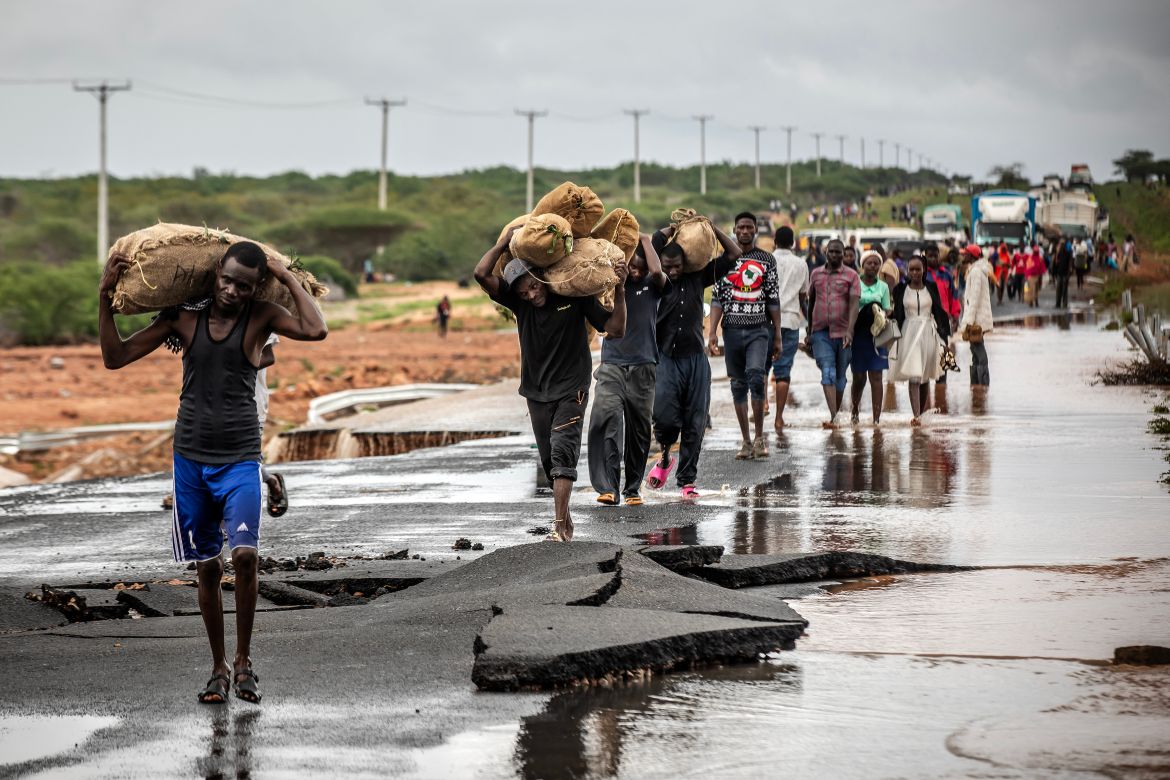


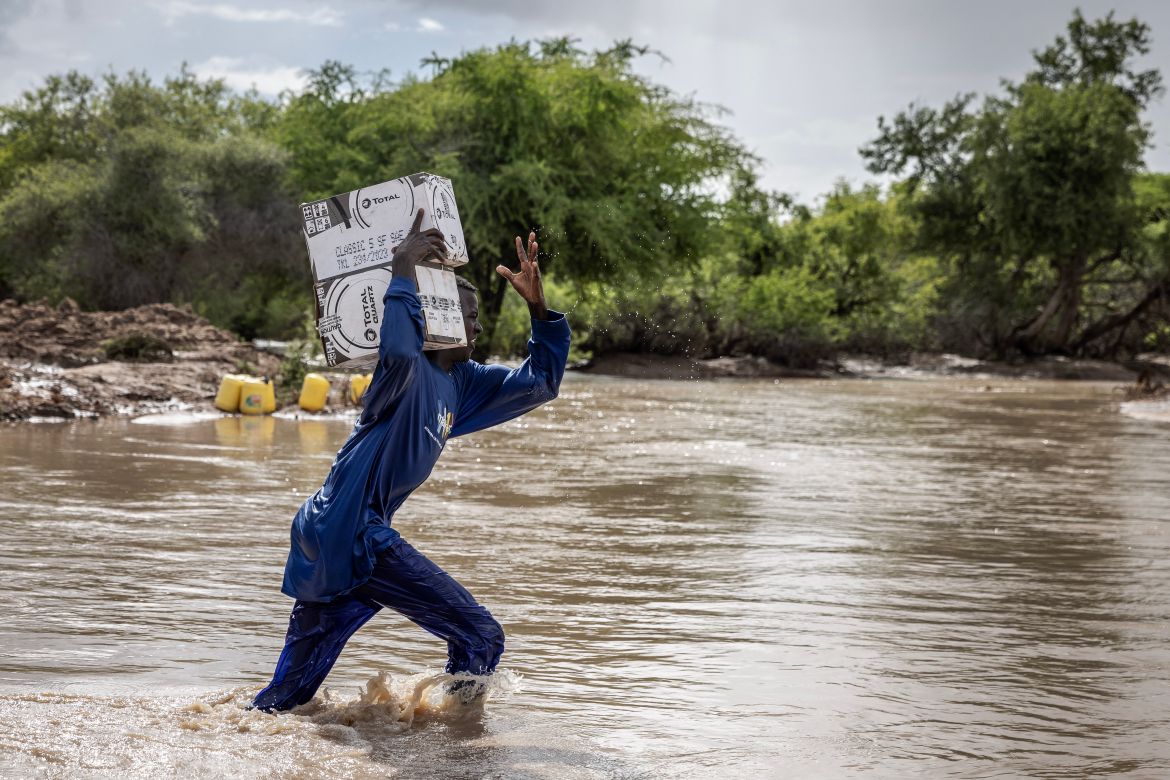
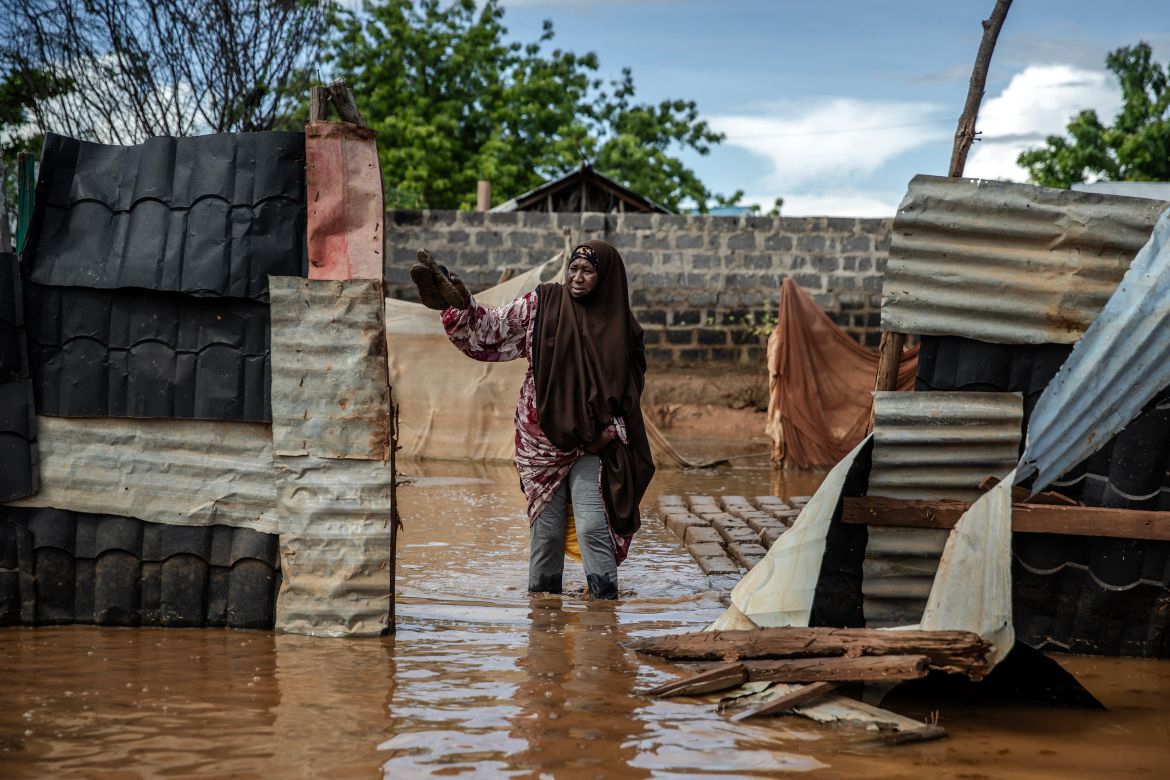

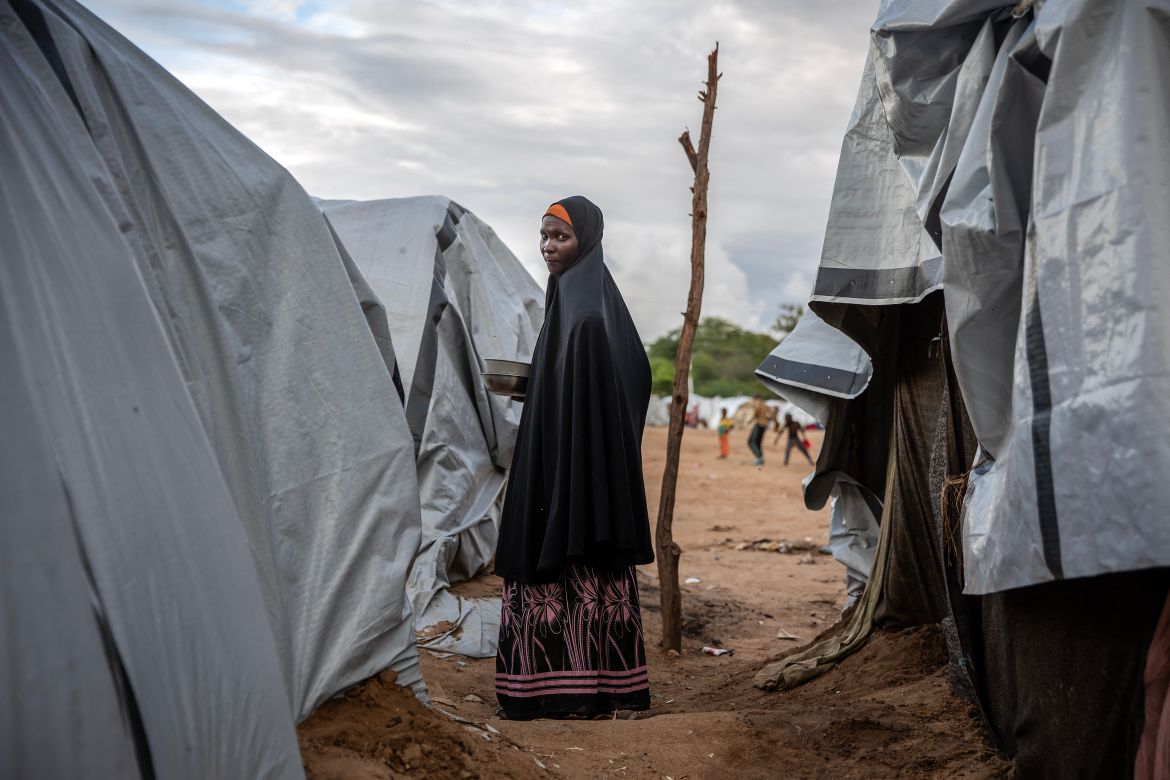
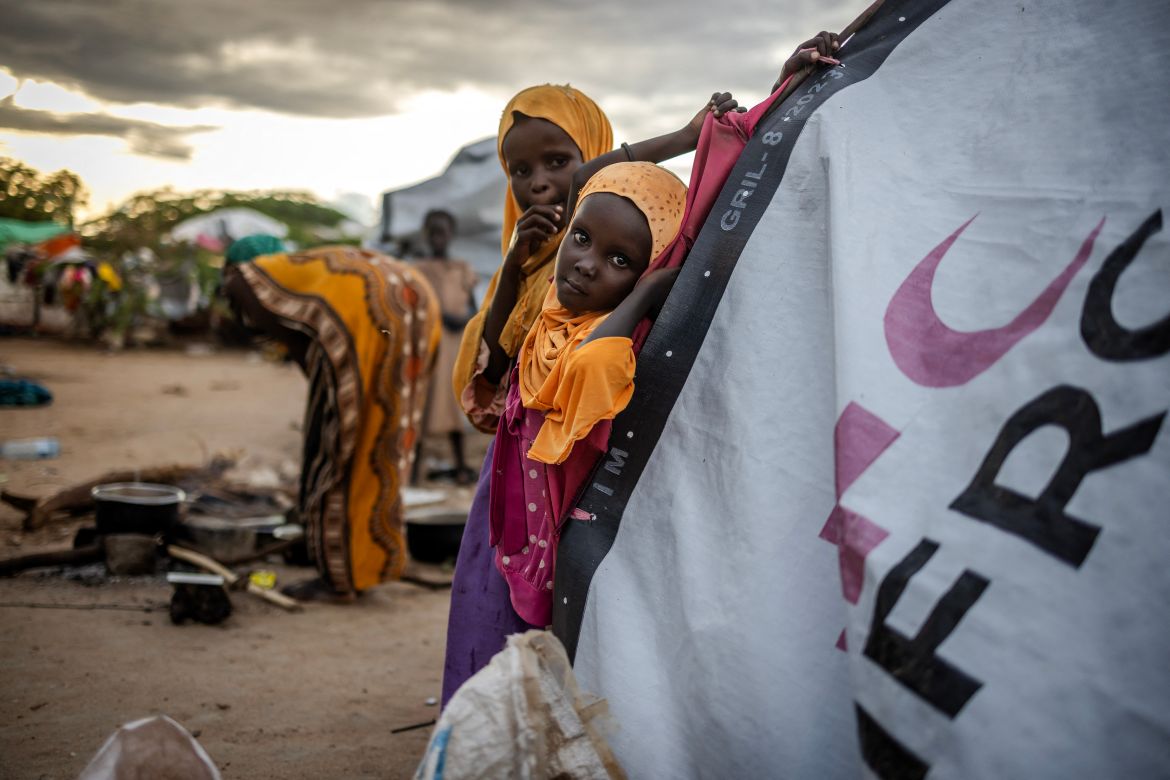
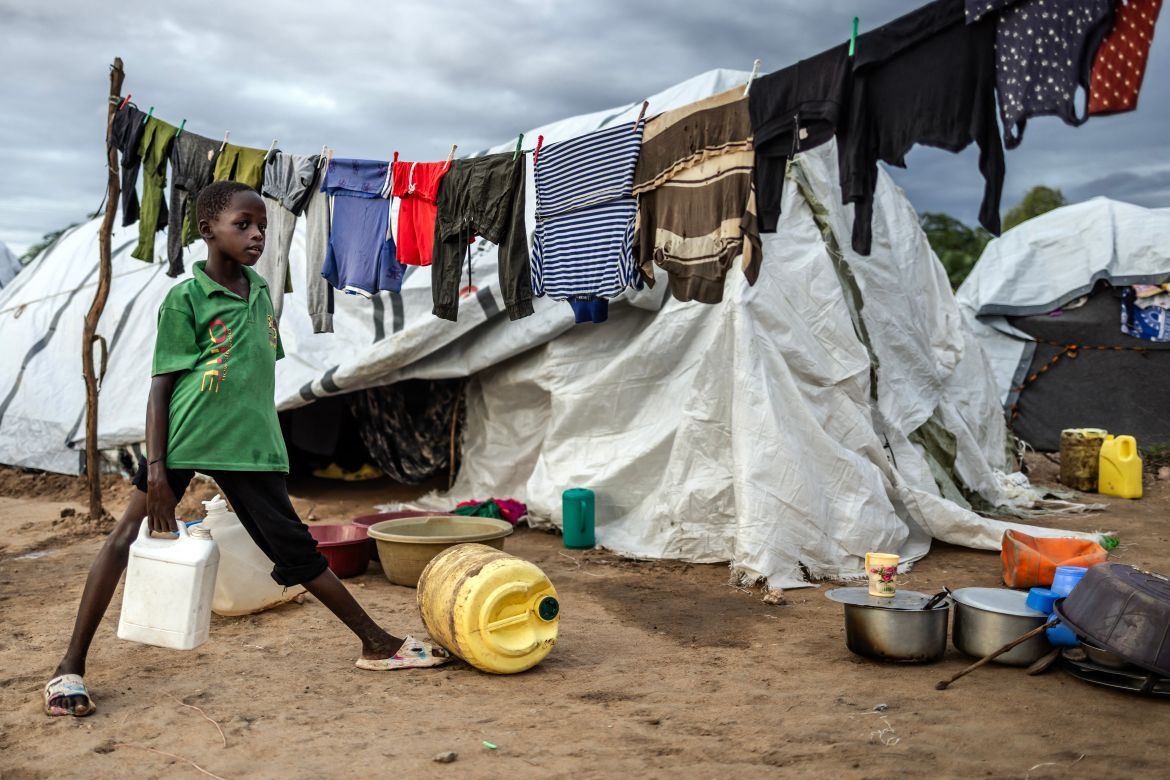
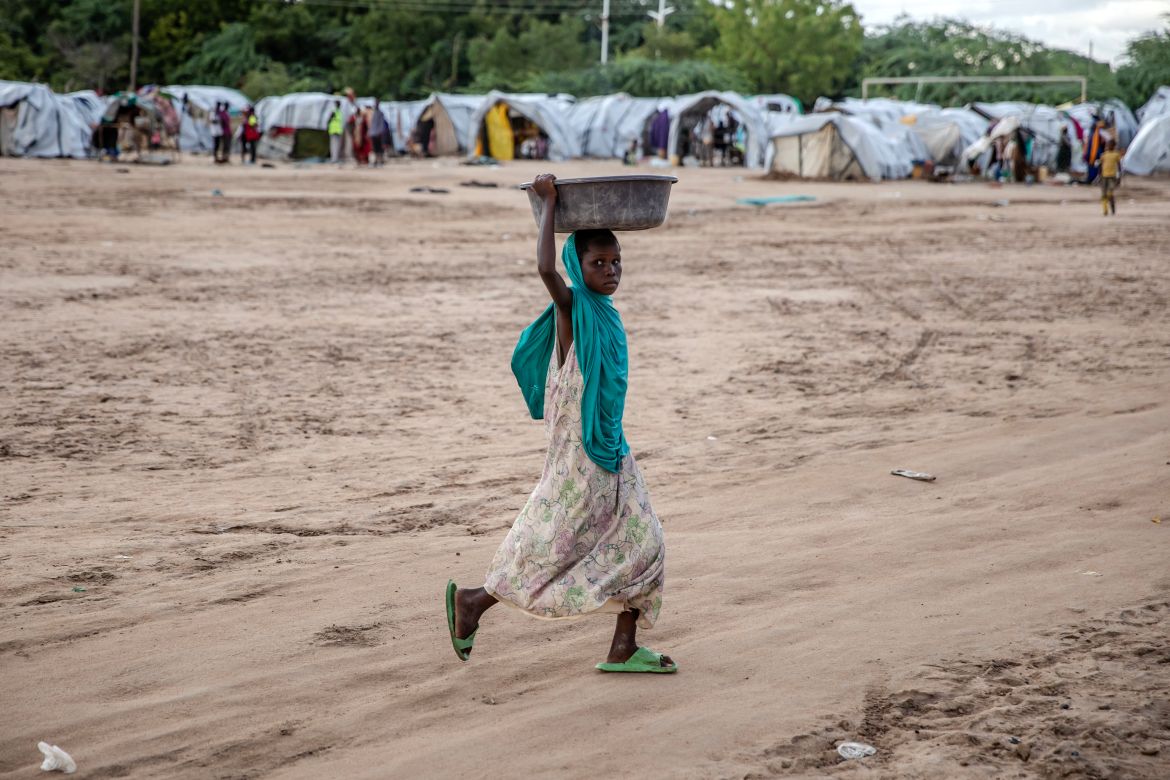
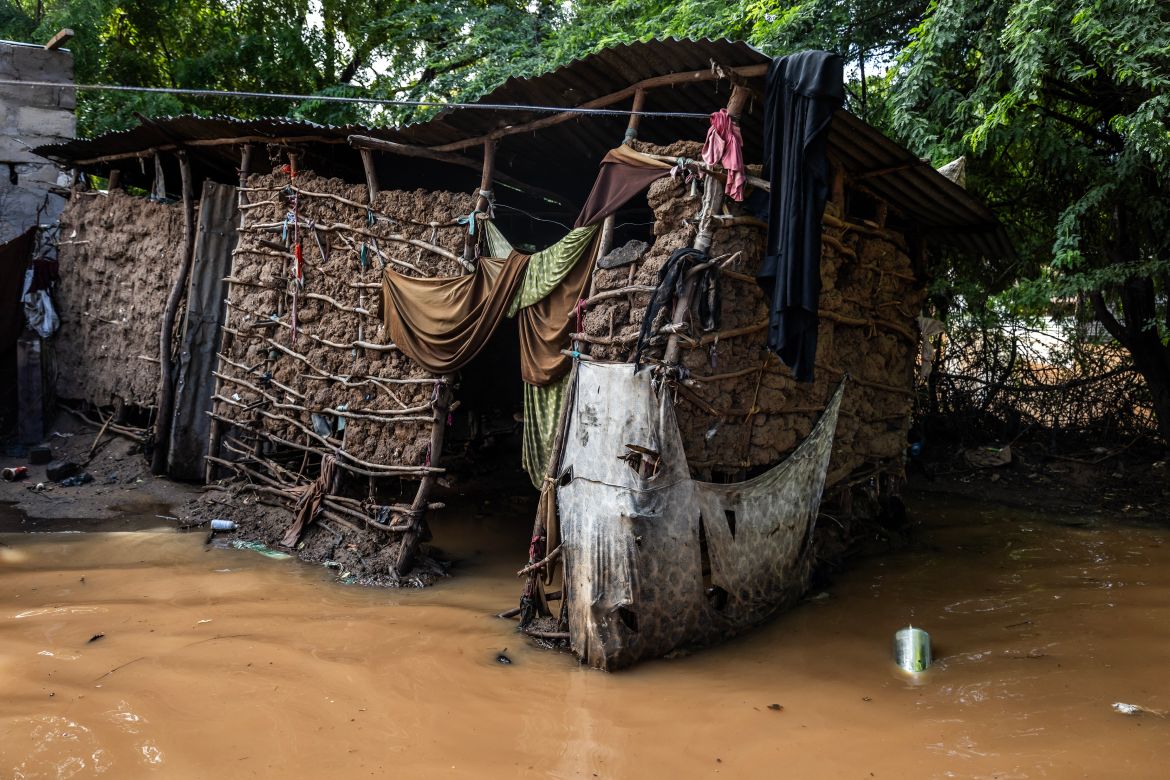

 Movie
Movie 5 months ago
102
5 months ago
102 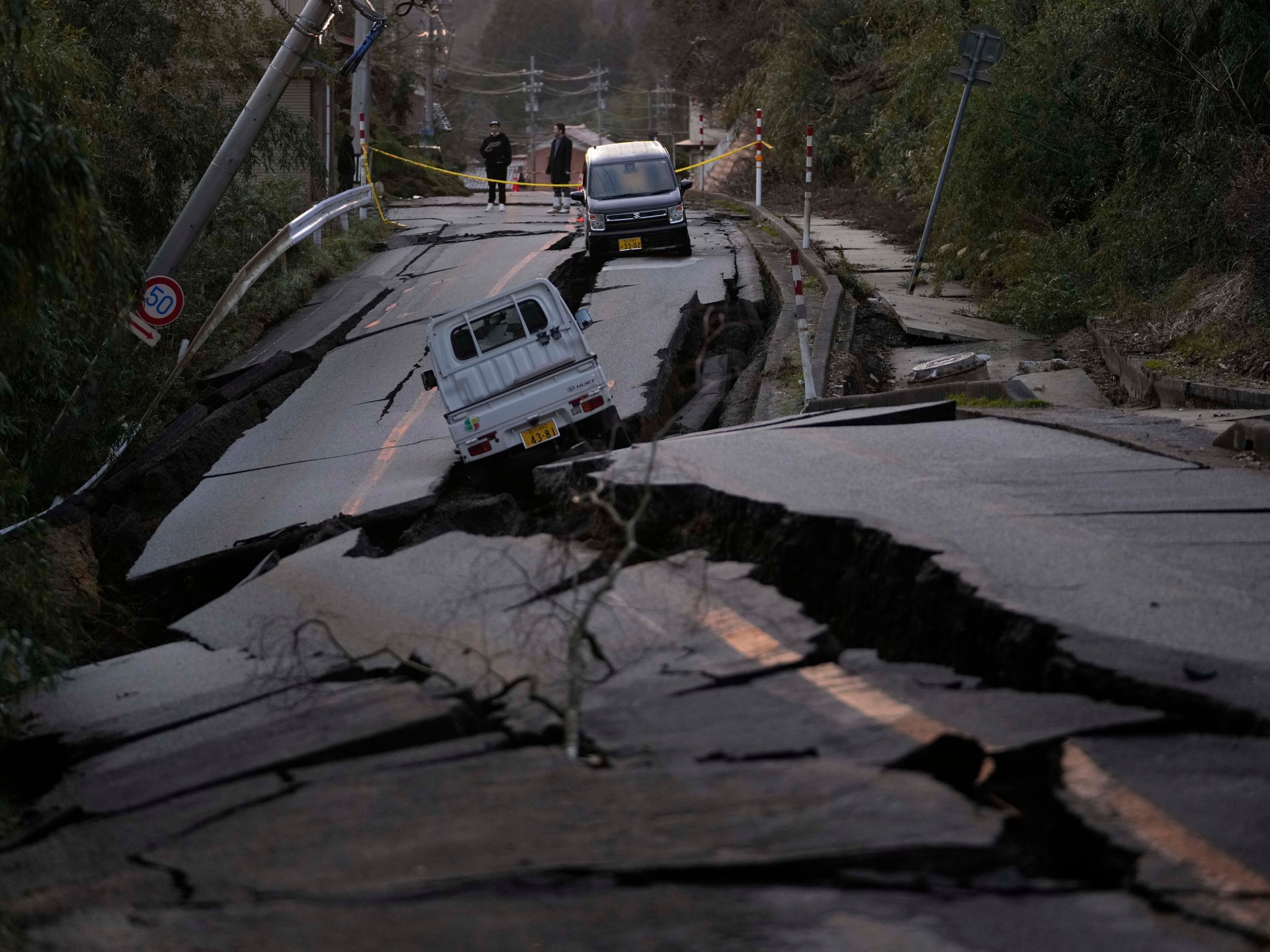
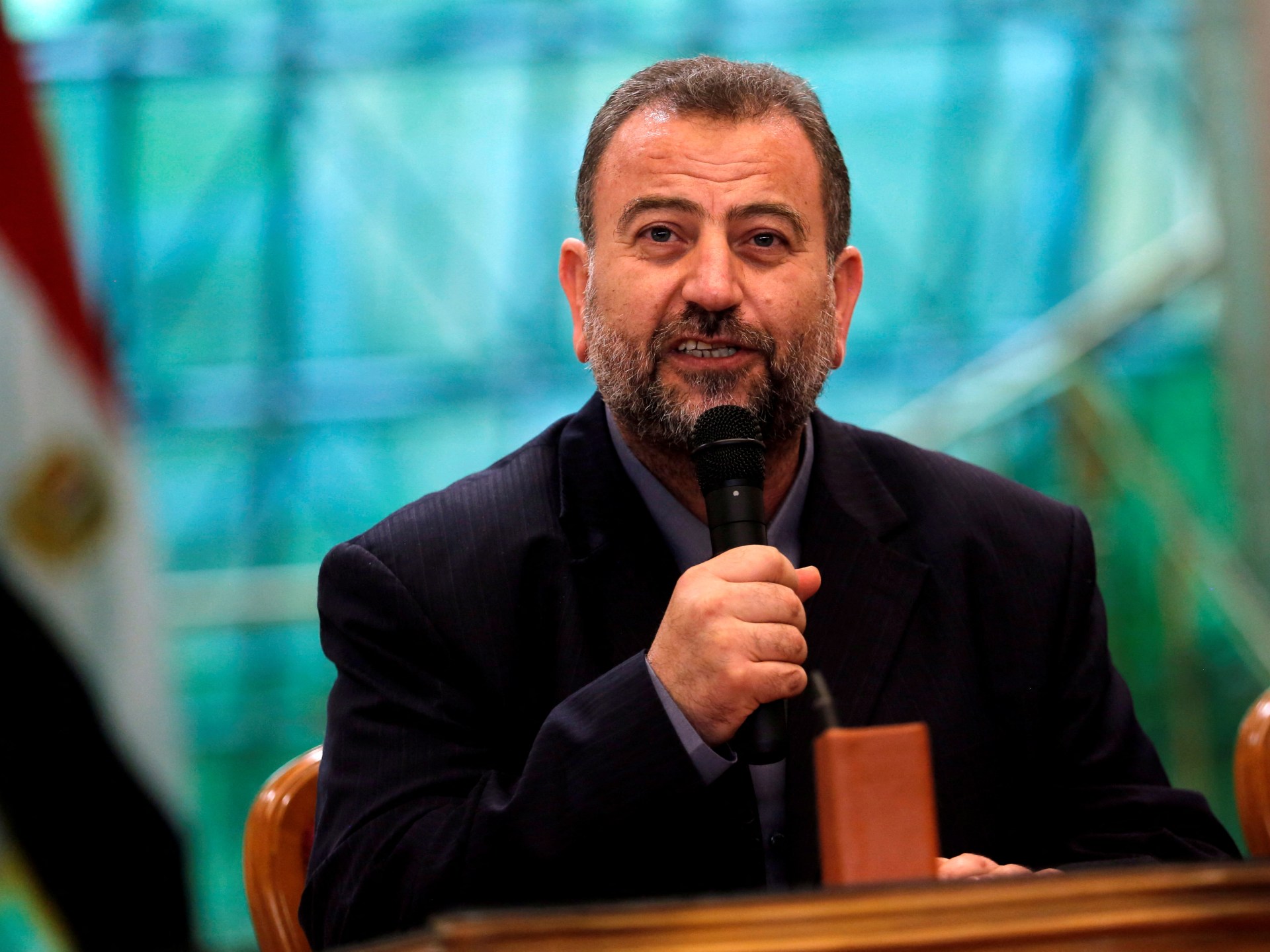





![Presidents Day Weekend Car Sales [2021 Edition] Presidents Day Weekend Car Sales [2021 Edition]](https://www.findthebestcarprice.com/wp-content/uploads/Presidents-Day-Weekend-car-sales.jpg)



 English (United States)
English (United States)